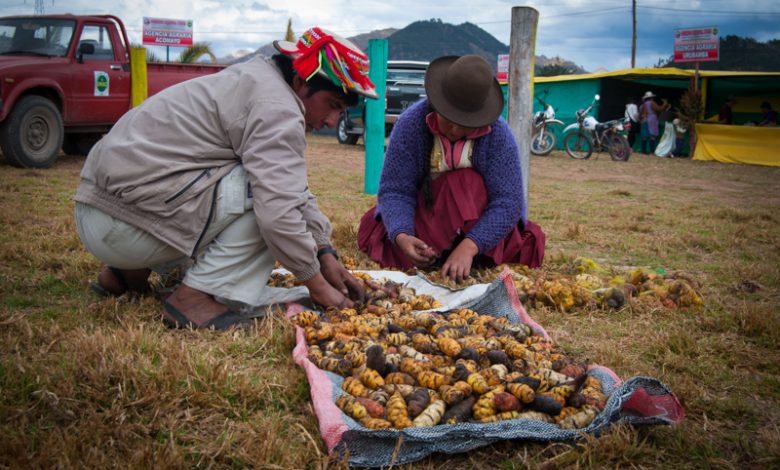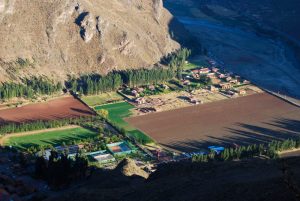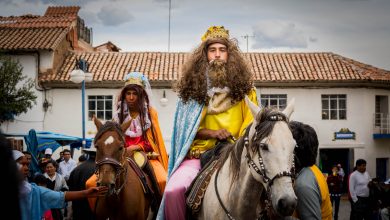The Year of Family Agriculture, 2014

The new year is only a couple of weeks old. With its birth came an international name given it by the Food and Agricultural Organization of the United Nations. This sprawling infant has a long and pretentious name–The International Year of Family Farming–and a reality that is critical around the world.
Family farms do much of the farming in Cuzco. They raise the coffee in La Convención, the rocotos in Marcapata, and the white corn in the Sacred Valley. Yet even they come under pressure from large scale industrial farms from the coast.
There is a world of difference between the Quechua speaking people who raise potatoes while working as a family and part of a community around near Pisaq compared with the seemingly endless fields of onions or yellow hot peppers in the deserts of Ica on the coast. There industrial agriculture, with leveled fields and drip irrigations systems transform the formerly plant-less desert into a wonder of commercial agriculture.
One can think of many areas like that, but the family farmers who, until very recently, included the majority of the human population continue–despite rumors that they are migrating to the cities in such numbers that they are leaving large swaths of once fertile fields abandoned. The rumor, while not completely accurate, does point to a problem. Family farms around the world face pressure from markets that favor large scale, industrial agriculture to the detriment of other forms of farming.
When naming this year, the FAO announced that

- Family and small-scale farming are inextricably linked to world food security.
- Family farming preserves traditional food products, while contributing to a balanced diet and safeguarding the world’s agro-biodiversity and the sustainable use of natural resources.
- Family farming represents an opportunity to boost local economies, especially when combined with specific policies aimed at social protection and well-being of communities.

Nevertheless, the concept of family farm brings a different idea to bear on Peru, one to which people are not accustomed. This notion comes from Anglo America where family farms were part of the yeoman expansion westward and contrasts with industrial farms, some of which indeed are family owned and run. The distinction is not clean.
In Peru, the traditional words for describing this form were small scale farmer or campesino. The first focused on the difference between small-holders, i.e. farmers who tilled just a few acres, and large scale farmers. The second emphasized a rural workforce, which often lived in Indigenous communities. It emphasized a process of interaction and conflict between large land owners who expanded, generally, at the expense of communities, and the rural communities–mostly indigenous–that found place in colonial and republican law.
The FAO brings a new logic to bear on farming throughout the world. In Peru, there will be a series of activities throughout the year to promote and celebrate family farms. This goes from putting the idea as a slogan on official letterhead, to conferences and many other activities.
Whatever else happens, in Cuzco family farms will continue to be a backbone of its food supply system for the foreseeable future.




